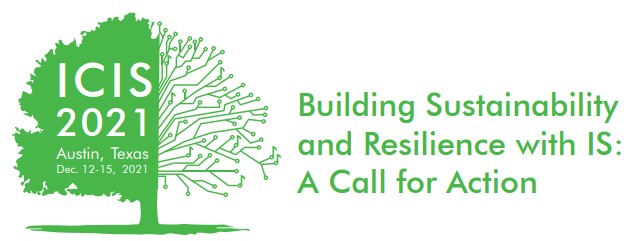Human Computer / Robot Interaction
Loading...
Paper Number
2199
Paper Type
short
Description
The online food retail industry faces an important dilemma with regards to choosing the right frame shape to present food products. One research stream suggests that the congruence between hedonic or functional food products with circular or angular frame shape, respectively, may influence consumer approach-avoidance tendencies. However, a second research stream suggests that humans tend to approach circular and avoid angular shapes in general. This pilot study uses electroencephalography (EEG) measures and behavioral intention to buy the food product to better understand the underlying mechanism of avoidance response. Our results suggest no effect of congruence between food products and their frame shape. Rather, we found that subjects are less likely to buy food products presented in an angular frame shape regardless of their type. Moreover, we found that neurophysiological avoidance response to angular frame shape, in relation with circular ones, only occurred with products that are likely to be purchased.
Recommended Citation
Giroux, Félix; Poirier, Sara-Maude; Sénécal, Sylvain; and Léger, Pierre-Majorique, "Choosing the Right Frame Shape for Food Product Presentation in Online Retail Settings: A NeuroIS Study" (2021). ICIS 2021 Proceedings. 12.
https://aisel.aisnet.org/icis2021/hci_robot/hci_robot/12
Choosing the Right Frame Shape for Food Product Presentation in Online Retail Settings: A NeuroIS Study
The online food retail industry faces an important dilemma with regards to choosing the right frame shape to present food products. One research stream suggests that the congruence between hedonic or functional food products with circular or angular frame shape, respectively, may influence consumer approach-avoidance tendencies. However, a second research stream suggests that humans tend to approach circular and avoid angular shapes in general. This pilot study uses electroencephalography (EEG) measures and behavioral intention to buy the food product to better understand the underlying mechanism of avoidance response. Our results suggest no effect of congruence between food products and their frame shape. Rather, we found that subjects are less likely to buy food products presented in an angular frame shape regardless of their type. Moreover, we found that neurophysiological avoidance response to angular frame shape, in relation with circular ones, only occurred with products that are likely to be purchased.
When commenting on articles, please be friendly, welcoming, respectful and abide by the AIS eLibrary Discussion Thread Code of Conduct posted here.



Comments
10-HCI